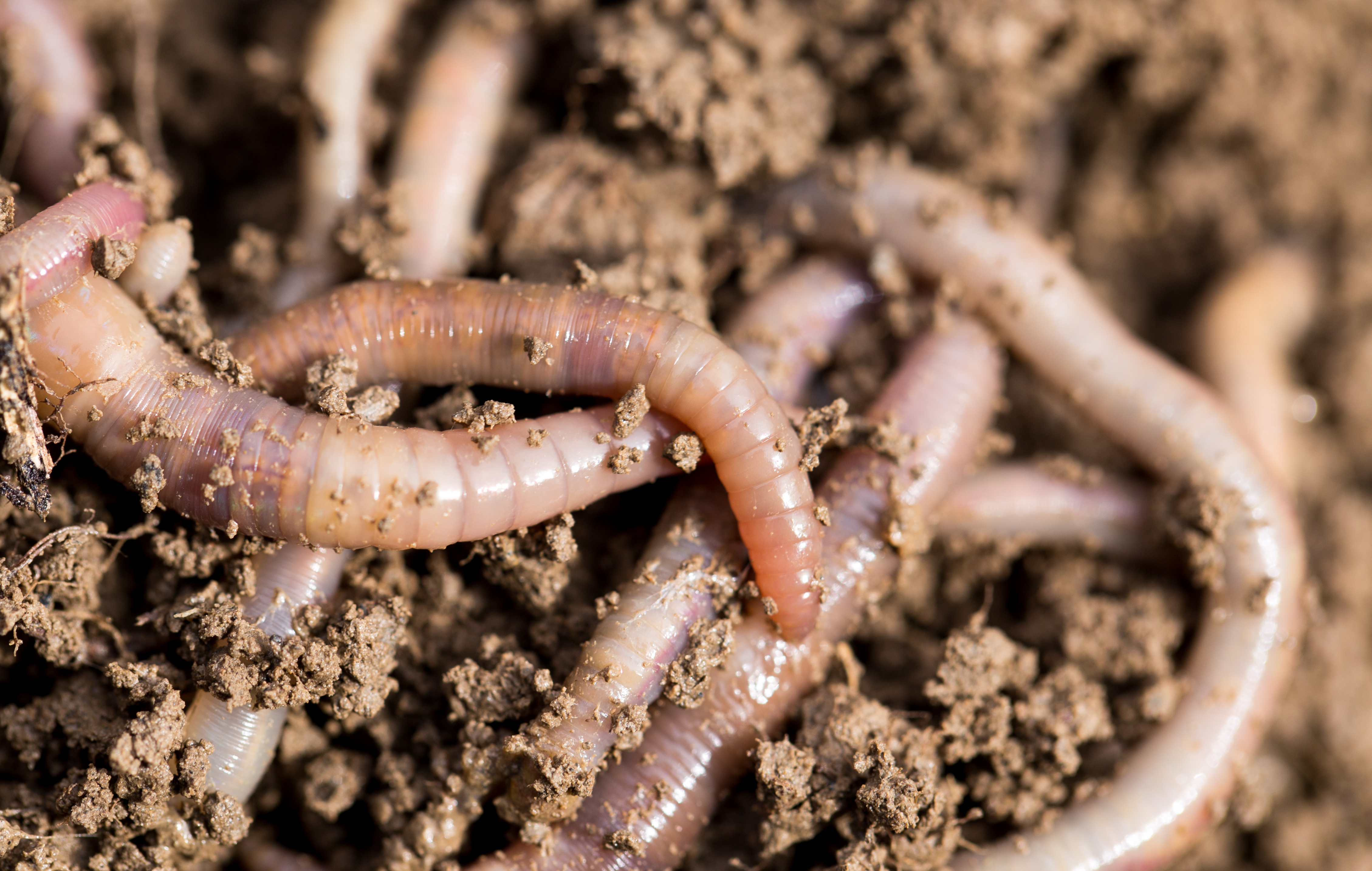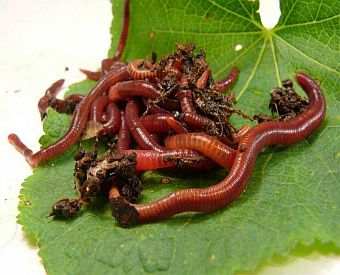Red Wiggler Worms - Efficient Decomposers for Your Garden Compost Bin
Red Wiggler Worms - Efficient Decomposers for Your Garden Compost Bin
Blog Article
Optimizing the Advantages of Red Wiggler Worms: A Comprehensive Handbook for Home Gardeners and Urban Farmers
In the world of sustainable gardening techniques, red wiggler worms stand as unrecognized heroes, quietly changing organic waste right into nutrient-rich castings that can work marvels for dirt health and wellness. By discovering the ins and outs of just how to successfully care for and take full advantage of the benefits of red wiggler worms, people can open a wide range of opportunities for enhancing the sustainability and performance of their gardening ventures.
Comprehending Red Wiggler Worms
Red Wiggler worms, renowned for their efficient composting abilities, are a varieties of earthworms widely utilized in vermiculture methods. These worms, medically understood as Eisenia fetida, grow in decomposing organic material, making them optimal prospects for composting.
One secret quality of Red Wiggler worms is their reproductive rate. These hermaphroditic animals possess both women and male reproductive organs, enabling them to recreate quickly under desirable conditions. A fully grown Red Wiggler can generate multiple offspring in a short duration, making sure a constant population within a composting system.

Establishing a Worm Container
When developing a worm bin for vermiculture functions, correct prep work and attention to detail are essential for developing a favorable atmosphere for Red Wiggler worms. Begin by picking a suitable container for your worm container. This can be a plastic or wooden container with a cover to preserve wetness levels and secure the worms from light. Ensure that the container has drainage openings near the bottom to stop waterlogging.

Location the worm bin in a cool, dark place away from straight sunshine and severe temperatures. Regularly keep track of the wetness levels, adding water if the bed linens feels flaky or completely dry. Feed the worms a well balanced diet plan of vegetables and fruit scraps, preventing citrus fruits, onions, and spicy foods. By following these steps, you can establish up a flourishing worm bin that will successfully process natural waste into nutrient-rich vermicompost for your garden.
Feeding and Maintaining Worms
Making sure a healthy and well balanced diet plan is important for the health and wellness and productivity of Red Wiggler worms in a vermiculture system. It is vital to avoid feeding them citrus fruits, onions, garlic, milk items, meat, and oily foods as these can be dangerous to the worms or create undesirable smells in the container.
Proper wetness levels are likewise critical for the well-being of Red Wiggler worms. The bed linens needs to feel like a wet sponge, giving adequate dampness for the worms to breathe via their skin. Routinely inspect the moisture levels and adjust by including water or dry bedding product as browse around these guys needed. Additionally, keeping appropriate temperature conditions in between 55-77 ° F(13-25 ° C )will ensure ideal worm task and recreation. By vigilantly monitoring their diet, wetness, and environmental conditions, home garden enthusiasts and urban farmers can sustain a healthy and balanced and effective Red Wiggler worm populace for composting purposes.
Collecting Worm Castings
To effectively remove nutrient-rich worm spreadings from the vermicompost, a methodical harvesting process is important for maximizing the composting benefits. The first step in collecting worm castings is to motivate the worms to migrate to one side of the bin.
After the castings have been harvested, it is vital to separate any staying worms from the spreadings to prevent damaging them during storage or application. One effective technique is to produce conical piles of castings under intense light. Worms will instinctively relocate away from the light, enabling easy splitting up and elimination.
Finally, the gathered worm spreadings must be kept in a great, dark, and dry location to keep their top quality and performance as a nutrient-rich soil amendment. By adhering to these actions, home garden enthusiasts and metropolitan farmers can optimize the advantages of red wiggler worms in their vermicomposting systems.
Using Worm Castings in Horticulture
The incorporation of nutrient-rich worm spreadings right into garden dirt can substantially improve plant growth and overall soil wellness. Worm spreadings, also called vermicast, are a natural fertilizer produced by red wiggler worms as they break down raw material. These castings are rich in vital nutrients like nitrogen, phosphorus, potassium, and helpful germs that promote plant development and boost dirt framework.
When utilizing worm spreadings in gardening, it is vital to mix them thoroughly right into the soil or use them as a leading dressing around plants. The slow-release nature of worm spreadings ensures a stable supply of nutrients to plants with time, reducing the risk of nutrient leaching and advertising long-lasting dirt fertility. Additionally, worm spreadings aid boost dirt aeration, water retention, and microbial activity, creating a best site healthy atmosphere for plant origins to flourish.

Verdict
In final thought, the use of red wiggler worms in home gardening and metropolitan farming can dramatically profit dirt wellness and plant development. By comprehending just how to establish and maintain a worm bin, feed the worms appropriately, and gather their nutrient-rich spreadings, gardeners can make the most of the advantages of these earthworms. Incorporating worm spreadings into horticulture techniques can improve soil fertility and overall plant efficiency. Generally, red wiggler worms click here now provide a reliable and sustainable solution for boosting garden and farm yields.
In the world of sustainable gardening practices, red wiggler worms stand as unsung heroes, silently changing natural waste into nutrient-rich castings that can function marvels for dirt wellness.When developing a worm container for vermiculture purposes, appropriate preparation and interest to detail are crucial for developing a conducive environment for Red Wiggler worms. The first action in collecting worm spreadings is to encourage the worms to move to one side of the bin. Worm castings, also recognized as vermicast, are an all-natural fertilizer produced by red wiggler worms as they damage down natural matter. By recognizing just how to set up and keep a worm bin, feed the worms correctly, and harvest their nutrient-rich spreadings, garden enthusiasts can make the most of the benefits of these earthworms.
Report this page